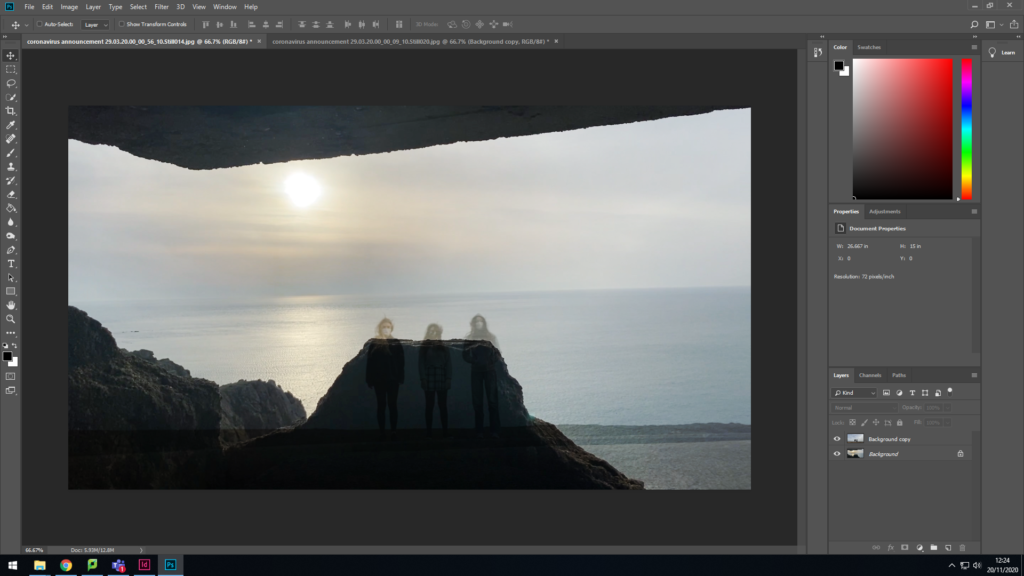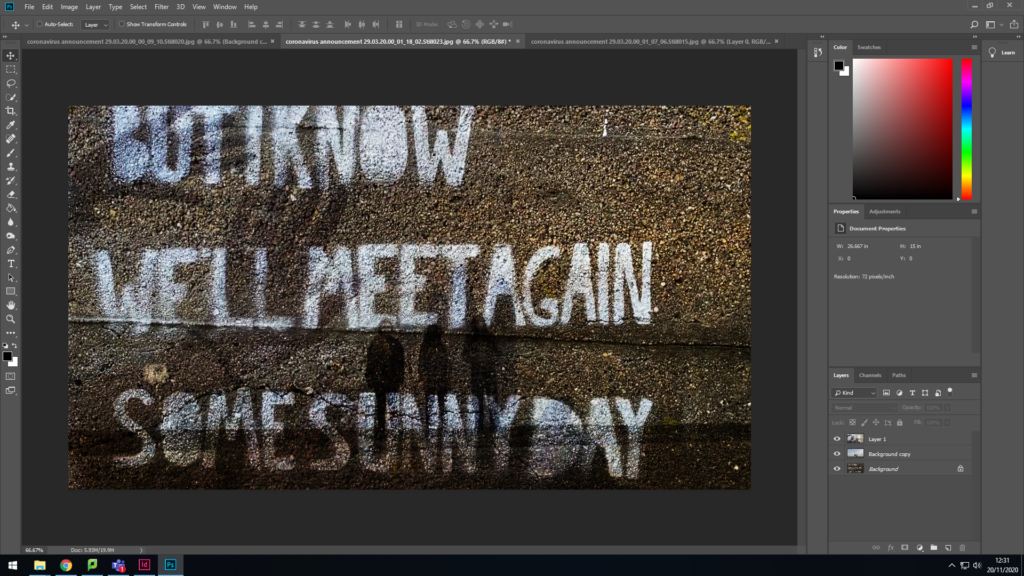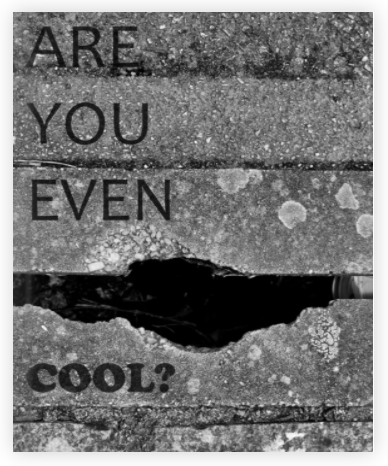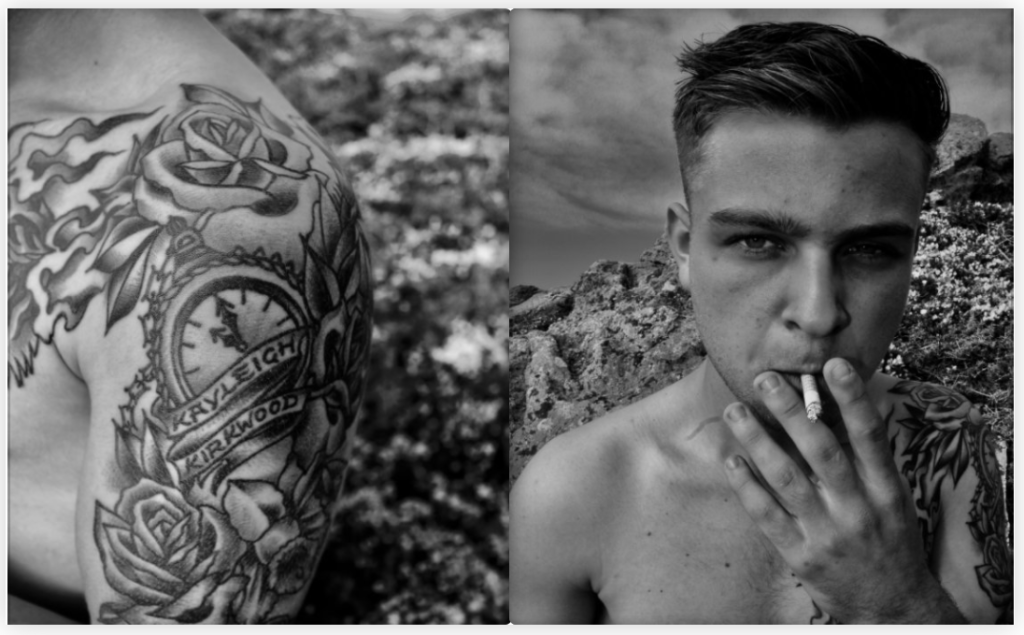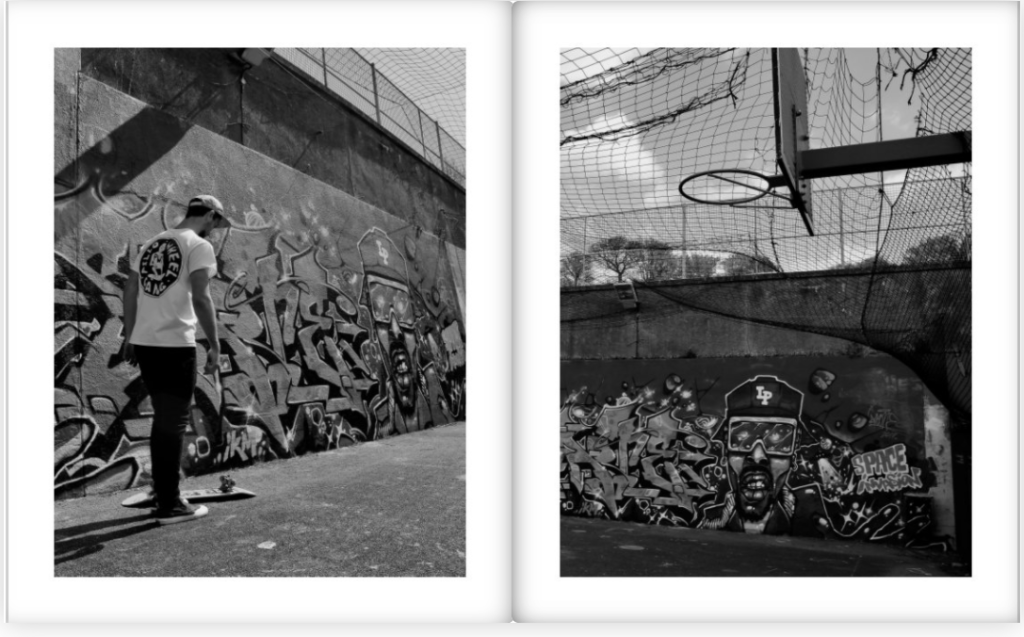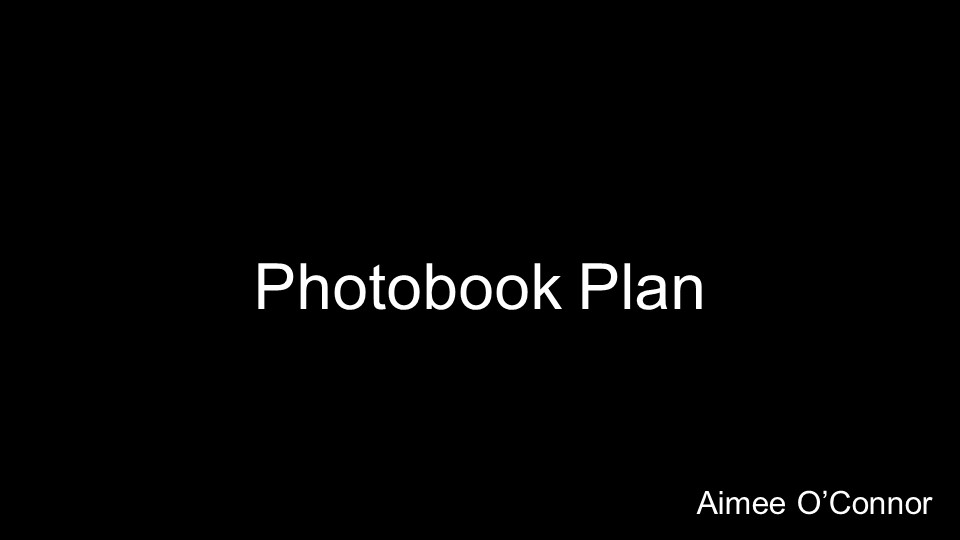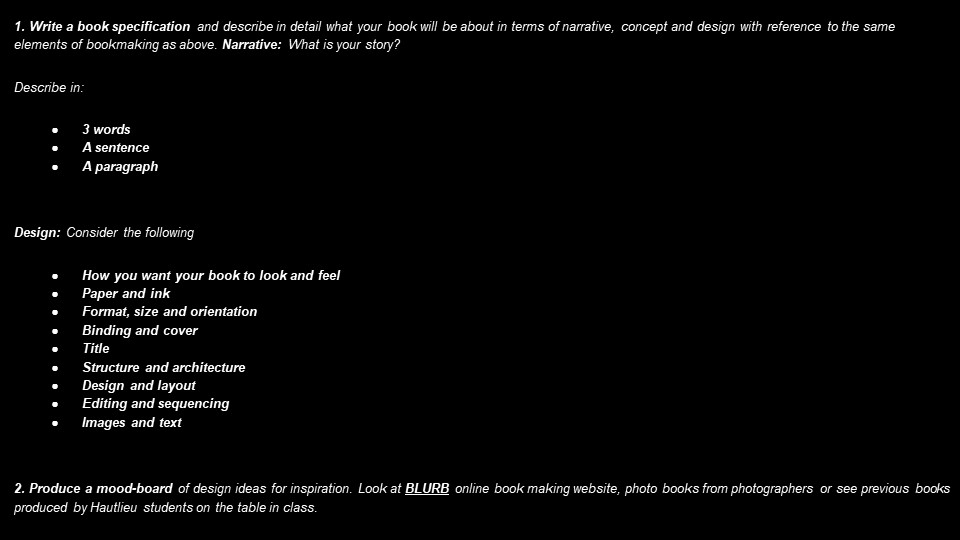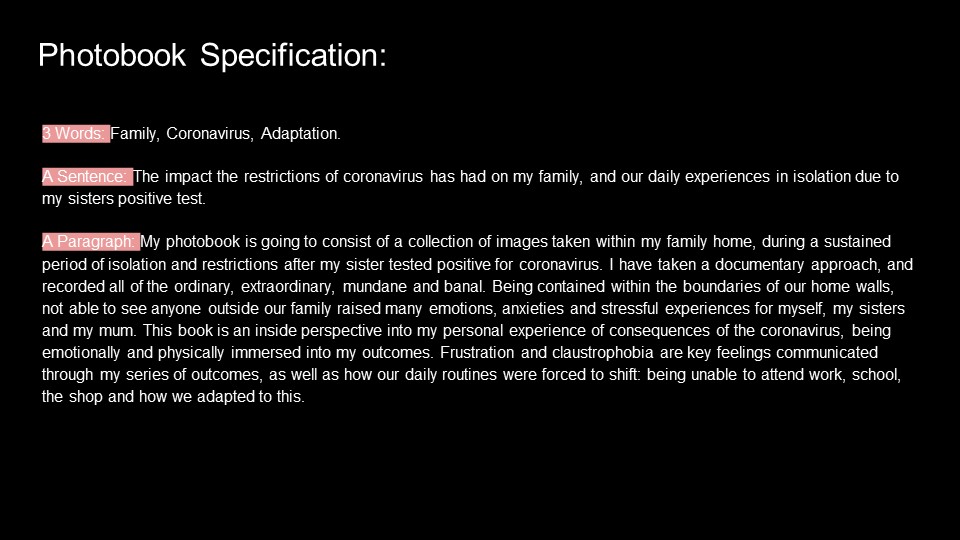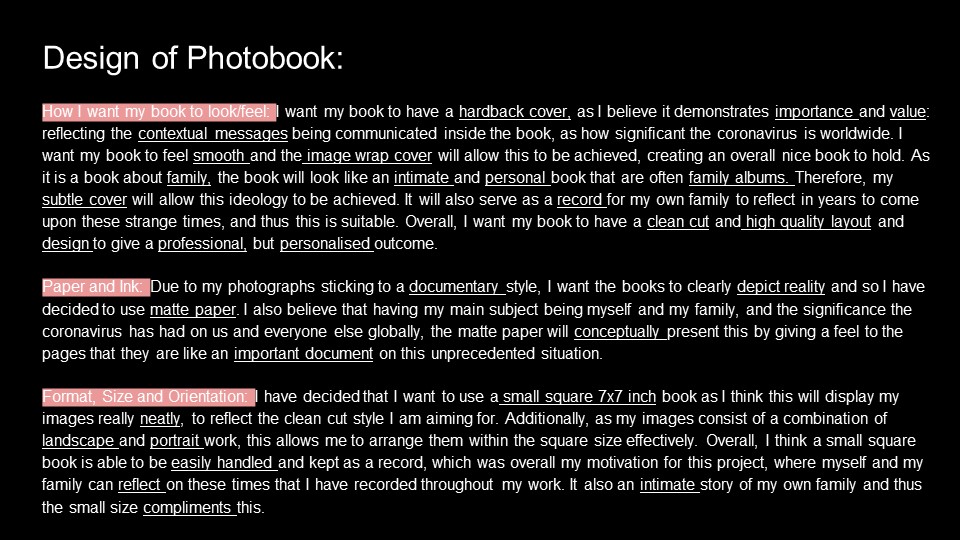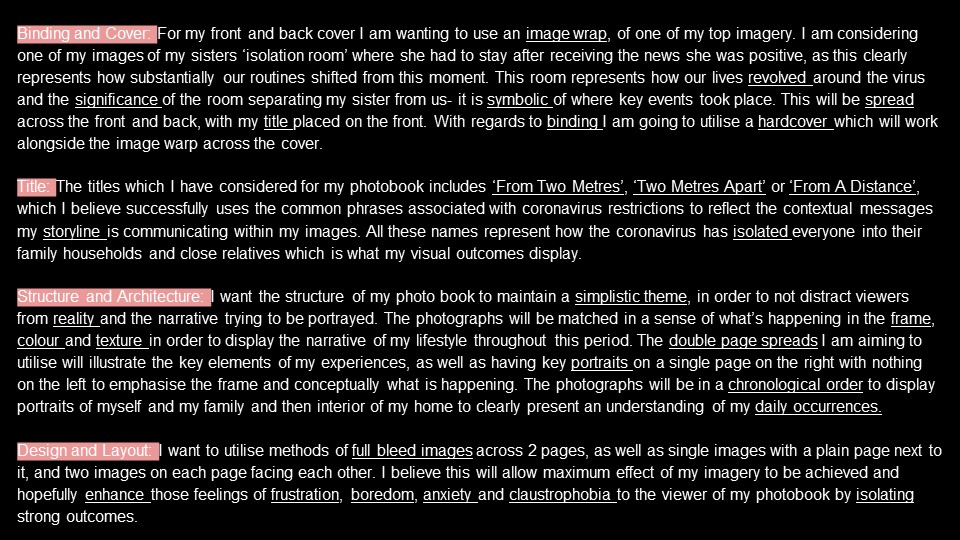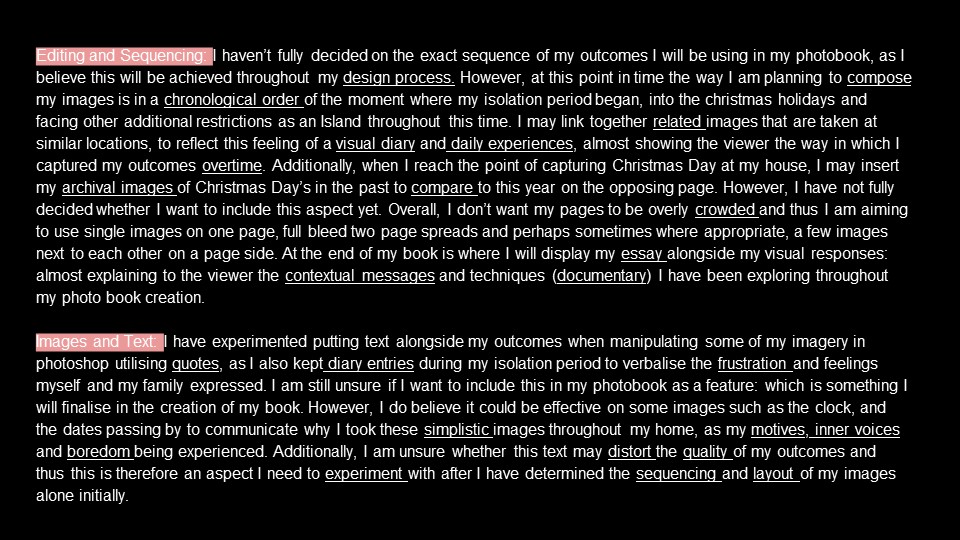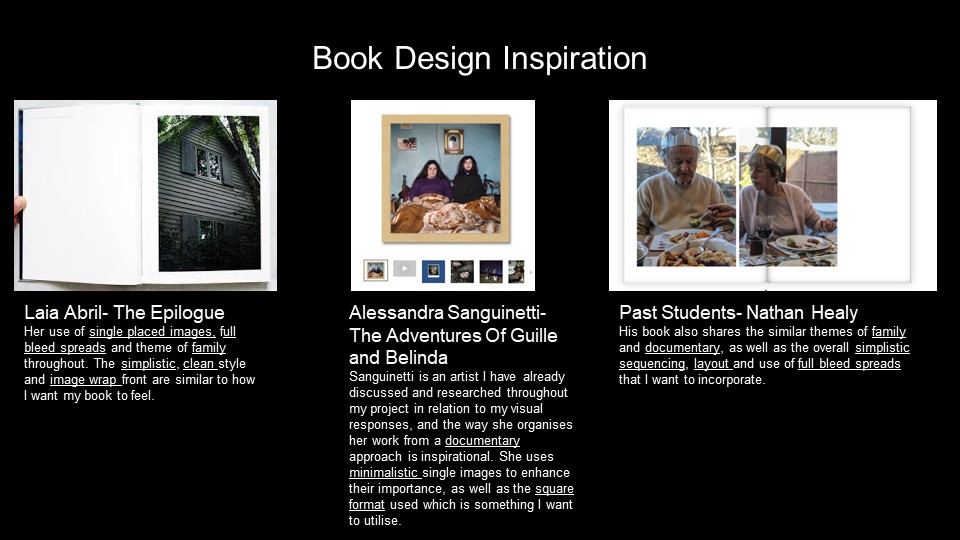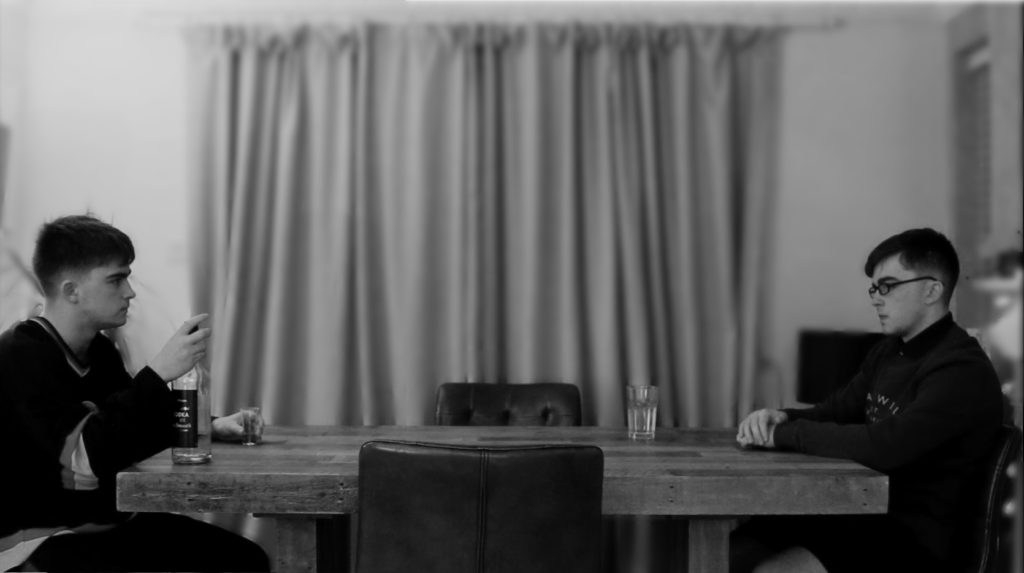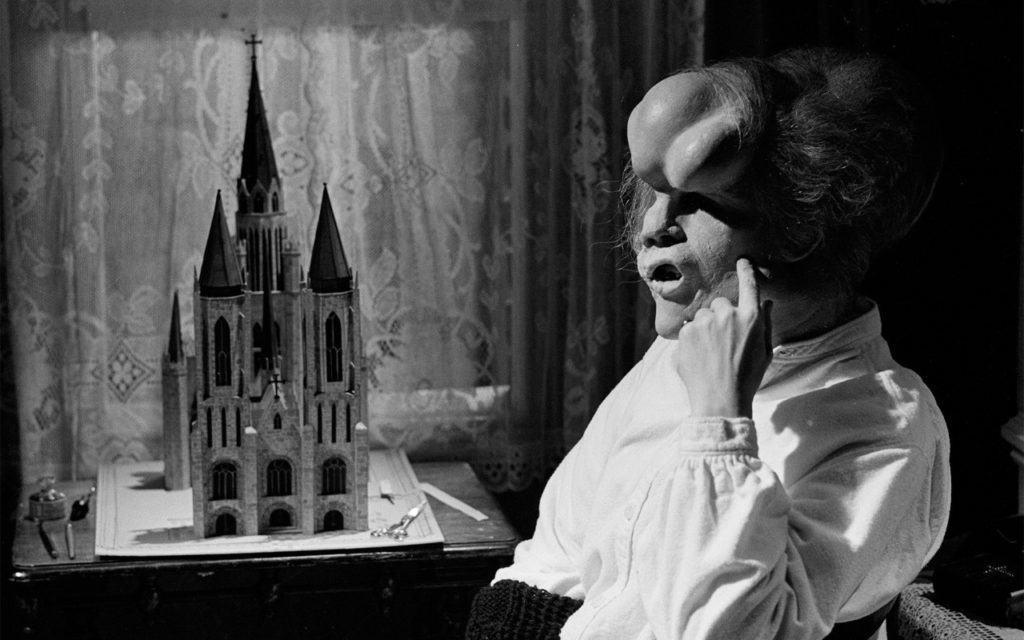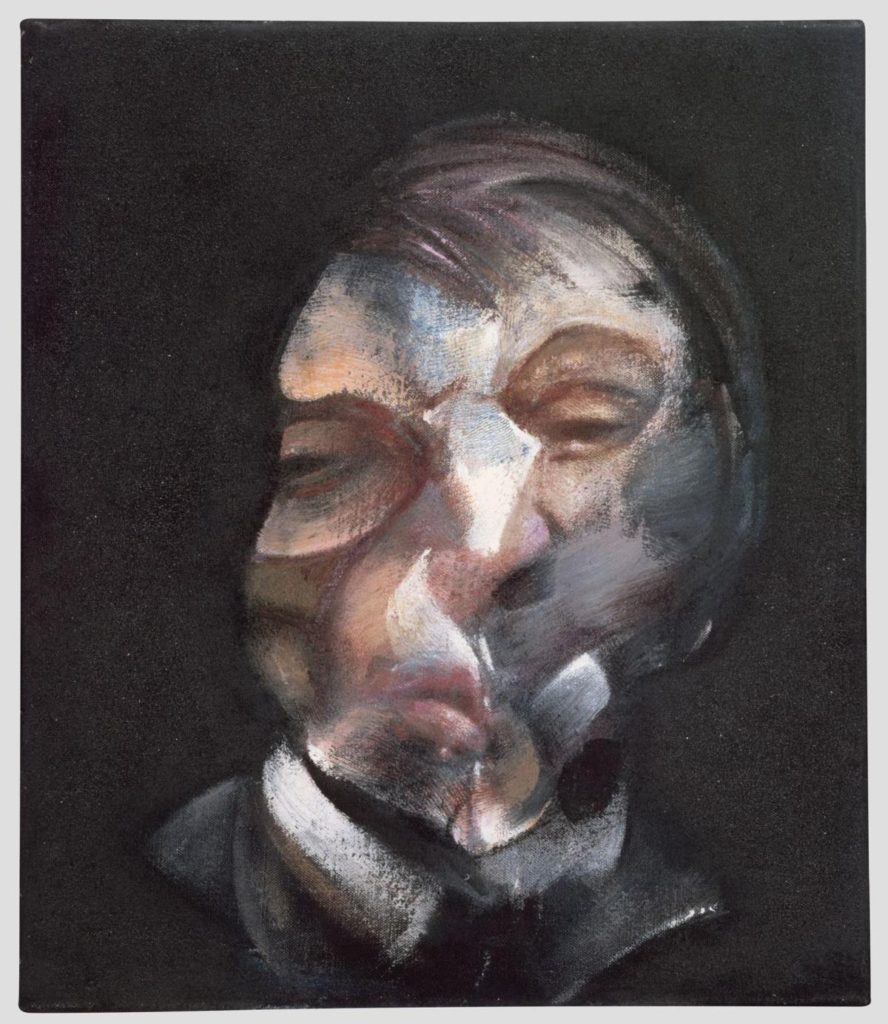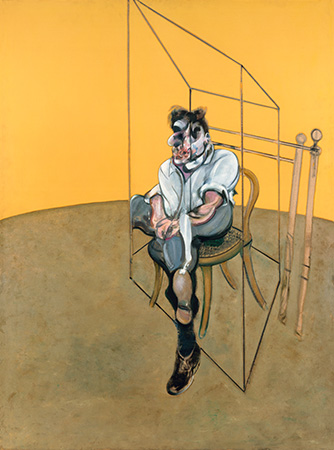1. Research a photo-book and describe the story it is communicating with reference to subject-matter, genre and approach to image-making.
Initial Decoding of narrative –
Based on my first initial look of the book, there are certain connotations and conventions used by the photographer, Raymond Meeks, which suggest that he is trying to explore the identity of others, represented through the setting and how many subjects are constantly looking everywhere but the camera (candid). However, there are also features that suggest the photographer is trying to disguise any obvious identifications of his subjects, such as the use of nature and trees to hide their faces. The title of the photo-book, ‘Half story, Half Life’ also implied that many of the nature-orientated images are real, candid and not staged where as the half story title suggests that some images may be constructed and alienated from reality, such as those where the subject clearly breaks the ‘fourth wall’ and makes direct eye-contact with the camera and therefore, the audience. There is also a nostalgic aesthetic that refers to summer and times spent with friends though teenage years/ early life.
Halfstory Halflife
2. Who is the photographer? Why did he/she make it? (intentions/ reasons) Who is it for? (audience) How was it received? (any press, reviews, awards, legacy etc.)
Raymond Meeks – Halfstory Halflife
“This book oscillates between the collective experience of these young men and their private meditations on a future that is yet to present itself. It is, itself, a journey, a rite of passage marking the death of one phase and the birth of another – just like the butterflies, now at the end of their lifecycle. There are no conclusions in Halfstory Halflife, only transitions. “How did we get here?” “Where are we going?” So ends Meeks’ book, with a young man sat on the cliff-edge, poised for the dive yet overcome with uncertainty. We do not know what happens next, but what we do know is that he is perched at a precipice both in space and in time.”
The photo-book explores the life of American adolescents, taking a key focus on males which links into misogyny and how this contributes to the ideological foundations of stereotypical American beliefs, also represented through the nature aspect.
From an interview with lens culture, Raymond Meeks expresses how his son is very influential over how his images are places and constructed in order to form a narrative throughout his books.
“RM: It was ritual. I was raised Catholic, so these rock outcroppings to me were like altars. These bodies leaping into the dark void almost became like this sacrament. I feel like each generation has to pay for the sins of the previous generation. They were almost offering up their bodies and it’s the process of evolving by way of ritual—that process of coming of age, something that’s been going on at this specific place for as long as people can remember.”
LC: And what is that demographic?
RM: Lower middle-class. Usually both parents, and multiple siblings. But not a lot of spending money, working minimum wage jobs. About half of them go off to college. The other half do military or just work locally until they figure something out.
3. Deconstruct the narrative, concept and design of the book and apply theory above when considering:
- Book in hand: how does it feel? Smell, sniff the paper.
Matte card photo paper – ‘Card cover’ – Embossed text on the cover and back of the book. I ain’t sniffing it.
- Paper and ink: use of different paper/ textures/ colour or B&W or both.
Apart from the cover, the same paper is used throughout – Thick, Matte photo paper, smooth texture and pure white which allows for the Black and white (all) images to stand out.
- Format, size and orientation: portraiture/ landscape/ square/ A5, A4, A3 / number of pages.
A4 size, Portrait, though not all images take over one full page, some take up a section, some full bleeds allowing for each individual image to be the primary focus of each section/ page. 144 pages
- Binding, soft/hard cover. image wrap/dust jacket. saddle stitch/swiss binding/ Japanese stab-binding/ leperello
Softcover with flaps – similar to dust jacket though it is attached to the inside of the book
144 pages
21,5 x 28 cm
78 black and white photographs
- Cover: linen/ card. graphic/ printed image. embossed/ debossed. letterpress/ silkscreen/hot-stamping.
Card, light-contast. blue hue printed graphic. Embossed text on cover.
- Title: literal or poetic / relevant or intriguing.
Poetic Title – Half Story, Half Life, suggest that the images or main story is so peaceful that it presents itself as a story – Intriguing.
- Narrative: what is the story/ subject-matter. How is it told?
The story is central to the lives of a group of teenage boys in America during the summer, although the subjects do change over the course of time that the book was produced in (roughly 3 years) the key ideas and themes are still present. So although the boys do not know each other they are still connected on a wider cultural light.
- Structure and architecture: how design/ repeating motifs/ or specific features develops a concept or construct a narrative.
repeating motif – black and white, majority male, nature, abandoned man-made structures such as cards or doors.
- Design and layout: image size on pages/ single page, double-spread/ images/ grid, fold- outs/ inserts.
Images tend to take up one A4 side, with a small white border surrounding it, apart from that some images take up an A5 side and cover only 1/4 of the page. There are a few ‘Bleeds’ of images whereby one covers the gutter and half of the second page and very few full-bleeds.
- Editing and sequencing: selection of images/ juxtaposition of photographs/ editing process.
There are multiple juxtapositions prevalent throughout the narrative some examples being – Masculinity VS femininity, Action VS Calm and Nature VS Man-made. Although the images of the teens jumping off of the rock face does suggest masculinity and action, the use of the juxtaposition of a calmer image of leaves or trees next to it allows for a theme of tranquility to be formed.
- Images and text: are they linked? Introduction/ essay/ statement by artists or others. Use of captions (if any.)
“If you could just say I feel lost here and I am going home. For where on Earth would you find that ticket. Who would meet you when you got there. By what sign would they know you.”
Places at top of page in a small font.
Short blurb-like section on receiving end of book, many connotations and symbols of religion through language – “Altar”, “Prayer”
Inspirations –
Blank double page for the middle of the book
Black and white throughout
Borders
Size and style of font
Useful Sources –
HalfLife HalfStory Interview
HalfLife HalfStory Chose Commune










